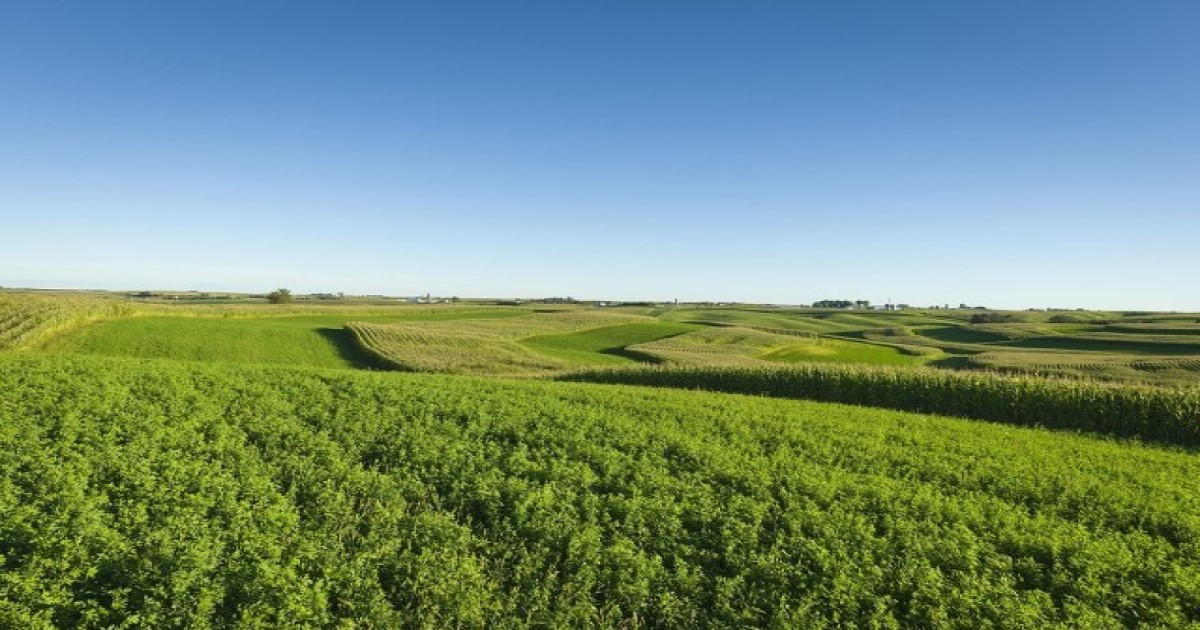Enhancement of Grassland Function and Productivity with Legumes and Other Forbs
A special issue of Agronomy (ISSN 2073-4395). This special issue belongs to the section "Grassland and Pasture Science".
Deadline for manuscript submissions: 30 September 2024 | Viewed by 2406

Special Issue Editors
Interests: forage production; irrigated pasture management; forage physiology; forage management; ruminant production
Special Issues, Collections and Topics in MDPI journals
Special Issue Information
Dear Colleagues,
While legumes and other forbs are not the dominant functional groups in grasslands, their value is far-reaching. Forb species provide essential biological diversity to native grasslands from alpine to desert environments, and seeded broadleaf ley and cover crops increase soil organic matter and nutrient status. Legumes contribute nitrogen to grasslands through biological fixation, and the belowground rooting structure is broadened by tap-rooted forbs. Many forbs synthesize bioactive chemicals, such as tannins, essential oils and isoflavones, that benefit the health and productivity of ruminants while reducing negative environmental impacts, including methane emissions and nitrogen losses. This Special Issue of Agronomy is focused on the enrichment that forbs introduce to grasslands around the globe. Current research on grassland forbs includes the provision of floral resources for pollinators, the differential delivery of soil nutrients provided by grasses and forbs, and the positive effect of legumes on soil carbon sequestration. We invite reports of original research and reviews on all aspects of the contributions of forbs to grasslands and implications for ruminants, wildlife and pollinator habitats, soil microbiology, and grassland sustainability and resilience in a changing climate.
Prof. Dr. Jennifer MacAdam
Dr. Benjamin F. Tracy
Guest Editors
Manuscript Submission Information
Manuscripts should be submitted online at www.mdpi.com by registering and logging in to this website. Once you are registered, click here to go to the submission form. Manuscripts can be submitted until the deadline. All submissions that pass pre-check are peer-reviewed. Accepted papers will be published continuously in the journal (as soon as accepted) and will be listed together on the special issue website. Research articles, review articles as well as short communications are invited. For planned papers, a title and short abstract (about 100 words) can be sent to the Editorial Office for announcement on this website.
Submitted manuscripts should not have been published previously, nor be under consideration for publication elsewhere (except conference proceedings papers). All manuscripts are thoroughly refereed through a single-blind peer-review process. A guide for authors and other relevant information for submission of manuscripts is available on the Instructions for Authors page. Agronomy is an international peer-reviewed open access monthly journal published by MDPI.
Please visit the Instructions for Authors page before submitting a manuscript. The Article Processing Charge (APC) for publication in this open access journal is 2600 CHF (Swiss Francs). Submitted papers should be well formatted and use good English. Authors may use MDPI's English editing service prior to publication or during author revisions.
Keywords
- pollinator habitat
- plant secondary metabolites
- soil carbon sequestration
- grassland functional groups
- cover crops
- ley pastures
- biological nitrogen fixation
- wildflowers
- native grasses






